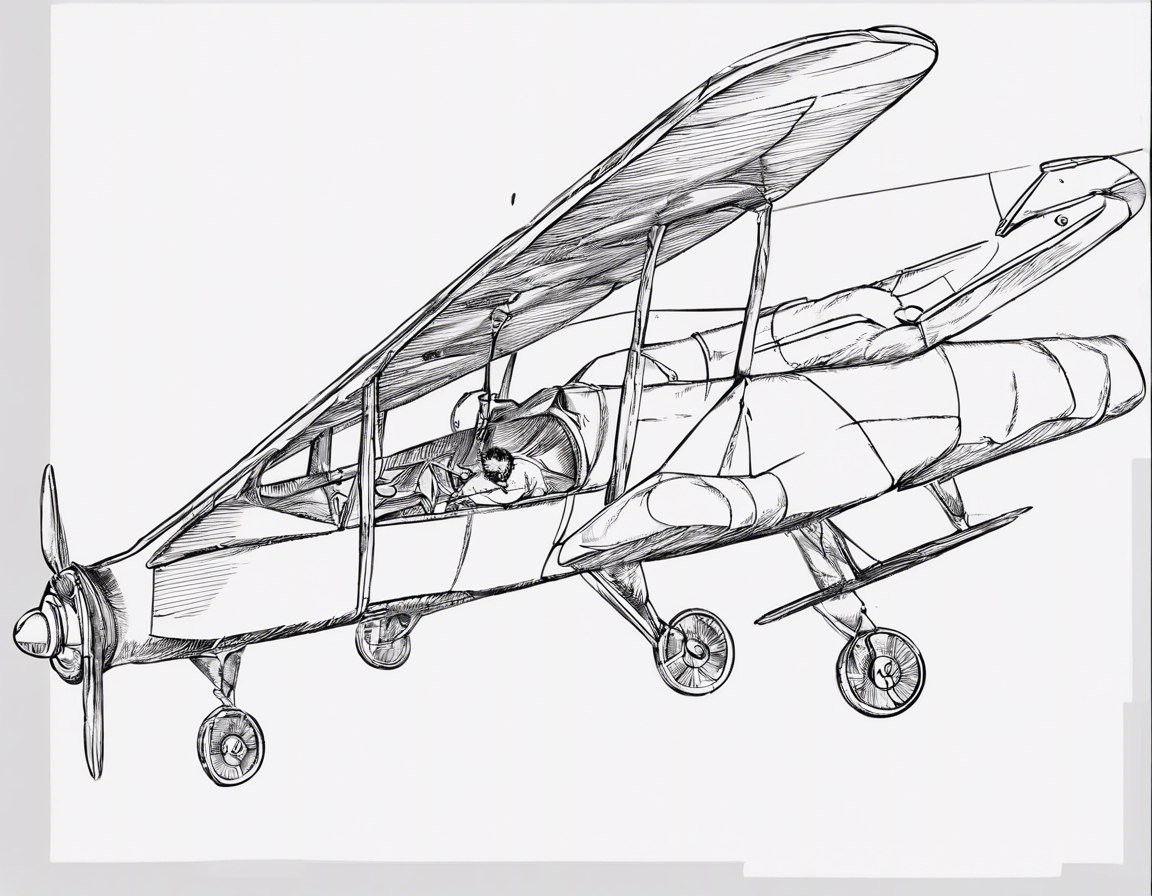
Mastering Motion In A Plane: Class 11 NCERT Solutions
Physics is a branch of science that deals with the study of matter, energy, and the interactions between them. One of the fundamental concepts in physics is motion, which is the change in an object’s position over time. In Class 11 physics, students are introduced to the topic of motion in a plane, which involves the study of objects moving in two dimensions.
Understanding motion in a plane is crucial as many real-world scenarios involve objects moving not just in a straight line but also in different directions. In this comprehensive guide, we will delve into the intricacies of mastering motion in a plane, with a particular focus on the Class 11 NCERT solutions for this topic.
Introduction to Motion in a Plane:
Motion in a plane is characterized by two-dimensional movement, where an object can move in both the x and y directions simultaneously. This type of motion is often described using vectors, which have both magnitude and direction. In physics, vectors play a crucial role in representing quantities such as displacement, velocity, and acceleration in two dimensions.
Equations of Motion in a Plane:
To describe the motion of an object in a plane, we can use the equations of motion derived from Newton’s laws of motion. The equations of motion in a plane include equations for velocity, acceleration, and displacement in both the x and y directions. By analyzing these equations, we can determine various parameters such as the velocity components, acceleration components, and the trajectory of the object in motion.
Projectile Motion:
Projectile motion is a classic example of motion in a plane, where an object is launched into the air and moves under the influence of gravity. In projectile motion, the object follows a curved path known as a trajectory, which can be analyzed using the principles of motion in a plane. Understanding projectile motion is essential for solving a wide range of physics problems, from calculating the range of a projectile to predicting its maximum height.
Class 11 NCERT Solutions for Motion in a Plane:
The Class 11 NCERT textbook provides comprehensive solutions for motion in a plane, covering topics such as vectors, projectile motion, and relative motion. By revising these solutions, students can gain a better understanding of the concepts and enhance their problem-solving skills. Here are some key topics covered in the NCERT solutions for motion in a plane:
1. Vector Representation of Motion:
– Vectors and scalars.
– Addition and subtraction of vectors.
– Resolution of vectors.
– Scalar and vector products.
2. Projectile Motion:
– Horizontal and vertical components of velocity.
– Range, time of flight, and maximum height of a projectile.
– Trajectory of a projectile.
– Uniform circular motion: Definition and examples.
3. Relative Motion:
– Relative velocity in one dimension.
– Relative velocity in two dimensions.
– Cases of one-dimensional motion.
– Cases of two-dimensional motion.
FAQs (Frequently Asked Questions):
-
What is the difference between scalar and vector quantities in motion in a plane?
Scalars are quantities that have only magnitude, such as speed, while vectors have both magnitude and direction, like velocity. -
How are vectors used to represent motion in a plane?
Vectors are essential in motion in a plane as they can represent quantities like displacement, velocity, and acceleration in two dimensions. -
What is projectile motion, and how is it analyzed in physics?
Projectile motion is the motion of an object in a plane under the influence of gravity. It is analyzed using equations of motion and vector concepts. -
How do you calculate the range of a projectile in motion in a plane?
The range of a projectile can be calculated using the equations of motion and the initial velocity and angle of projection of the projectile. -
What is relative motion, and why is it important in motion in a plane?
Relative motion is the motion of an object with respect to another moving or stationary observer. It is crucial for analyzing complex motion scenarios involving multiple objects.
By mastering the concepts of motion in a plane and practicing with Class 11 NCERT solutions, students can build a strong foundation in physics and develop problem-solving skills that are essential for higher studies and real-world applications. Understanding how objects move and interact in two dimensions is key to unraveling the mysteries of the physical world and applying scientific principles to solve practical problems.


